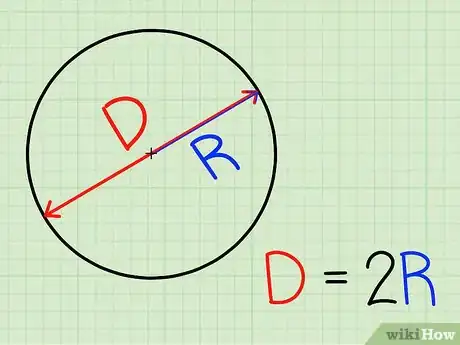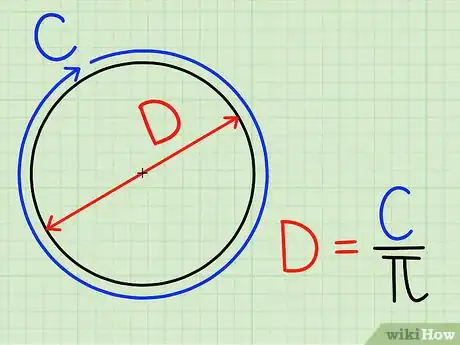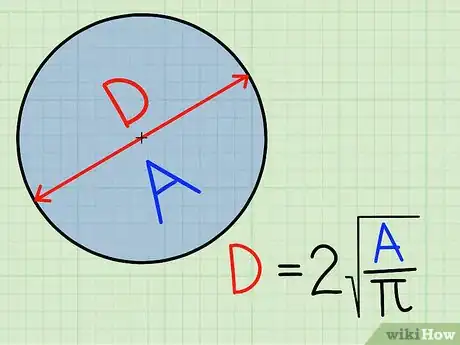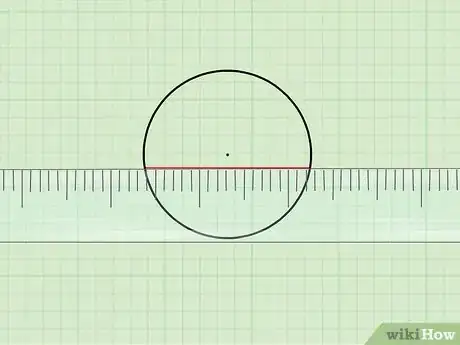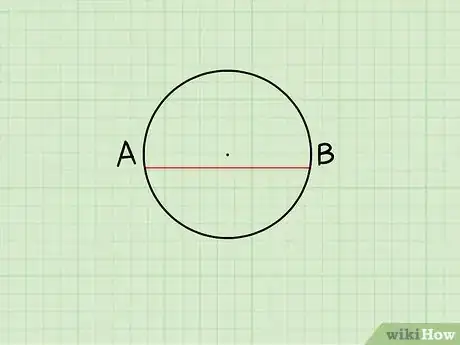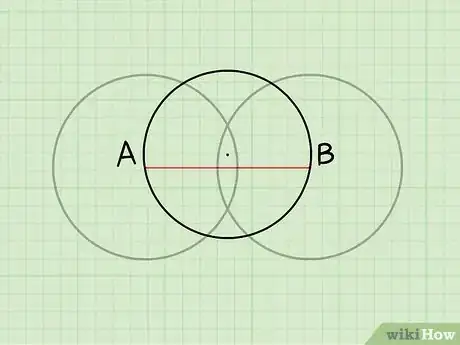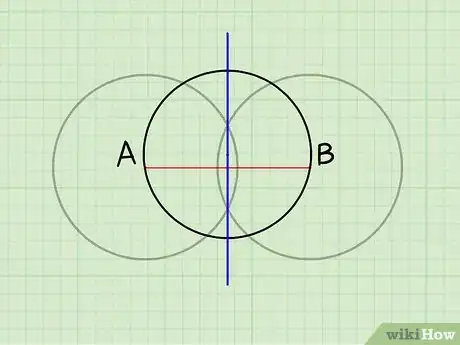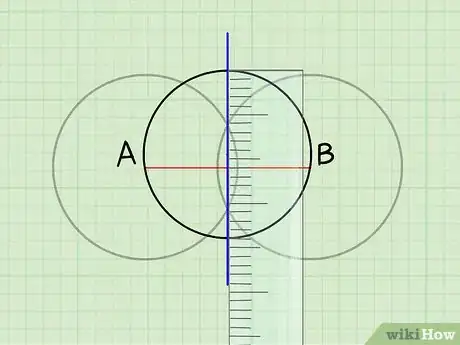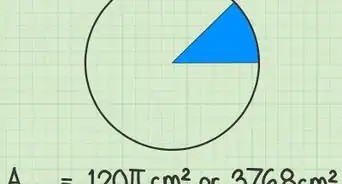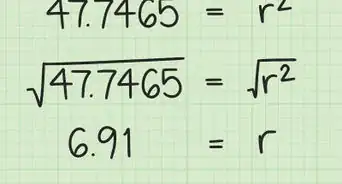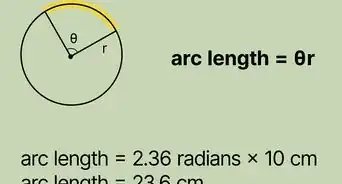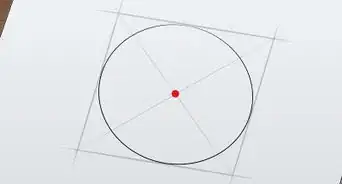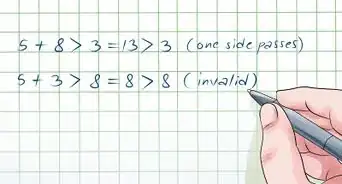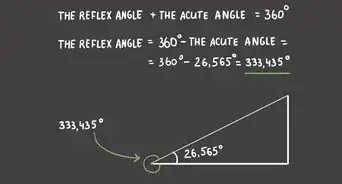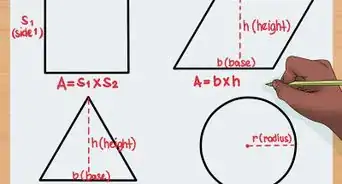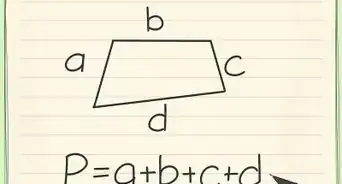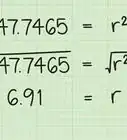wikiHow is a “wiki,” similar to Wikipedia, which means that many of our articles are co-written by multiple authors. To create this article, 70 people, some anonymous, worked to edit and improve it over time.
This article has been viewed 3,757,454 times.
Learn more...
Need to find the diameter of a circle? Calculating diameter is easy—you just need the radius, the circumference, or the area. Even if you don't have any of those dimensions, you can still find the diameter if you have a drawing of the circle. Keep reading to learn all of the different formulas you can use to find the diameter of a circle, examples included.
Steps
Calculation Help
Calculating the Diameter of a Circle Using the Radius, Circumference, or Area
-
1If you know the radius of the circle, double it to get the diameter. The radius is the distance from the center of the circle to its edge.[1]
Example
If the radius of the circle is 4 cm, then the diameter of the circle is 4 cm x 2, or 8 cm. -
2If you know the circumference of the circle, divide it by π to get the diameter.π is equal to approximately 3.14but you should use your calculator to get the most accurate results.[2]
Example
If the circumference of the circle is 10 cm, then the diameter is 10 cm/π, or 3.18 cm.Advertisement -
3If you know the area of the circle, divide the result by π and find its square root to get the radius; then multiply by 2 to get the diameter. This goes back to manipulating the formula for finding the area of a circle, A = πr2, to get the diameter. You can transform this into r = √(A/π) cm.[3]
Example
If the area of the circle is 25 cm2, divide that by π and find the square root.
This equals cm 2.82cm, so the diameter of the circle is 2.82 x 2 = 5.64cm.
Calculating the Diameter of a Circle from a Drawing of a Circle
-
1Draw a horizontal line inside the circle from one edge to the other. Use a ruler or a straight edge to do this.It can be at the top, near the bottom, or anywhere in between.
-
2Label the points where the line crosses the circle points "A" and "B."
-
3Draw two overlapping circles, one using A as the center and the other using B as the center. Be sure the two circles overlap like a Venn diagram.
-
4Draw a vertical line through the two points at which the outer circles intersect. This line marks the diameter of the circle4.
-
5Measure the diameter.Measure it using a ruler,or for greater accuracy, a pair of digital calipers. You're done!
Community Q&A
-
QuestionWhat is diference between radius and diameter?
 DonaganTop AnswererThe radius is half the diameter.
DonaganTop AnswererThe radius is half the diameter. -
QuestionIf I have the circumference, how can I calculate diameter?
 DonaganTop AnswererDivide the circumference by pi.
DonaganTop AnswererDivide the circumference by pi. -
QuestionThe radius of a dinner plate is 6 cm; what is the diameter?
 ChristopherTop AnswererSince the radius is half the diameter, to get the diameter, you'd multiply the 6 cm by 2. The diameter of this circular dinner plate is 12 cm.
ChristopherTop AnswererSince the radius is half the diameter, to get the diameter, you'd multiply the 6 cm by 2. The diameter of this circular dinner plate is 12 cm.
Things You'll Need
- Calculator
- Pencil with an eraser
- Compass
- Ruler
- Digital calipers(optional)
References
About This Article
The diameter of a circle is the distance straight across the circle from one side to the other at its center. Depending on what other information you have about the circle, there are a few different ways to calculate the diameter. If you know the radius of the circle, all you have to do is multiply it by 2 to get the diameter. For instance, a circle with a radius of 2 cm would have a diameter of 4 cm. You can also find the diameter of a circle if you know its circumference, or the distance all the way around the outside of the circle. Just divide the circumference by π to find the diameter. For example, if your circle has a circumference of 23 inches, the diameter would be 23/π, or approximately 7.32 inches. If you only know the area of the circle, use the formula diameter = 2 x √(area/π). So, if the area of the circle is 25 square centimeters, the diameter would be 2 x √(25/π), or approximately 5.64 centimeters. You can also measure the diameter of a drawing of a circle, but you’ll need to find the exact center of the circle to make an accurate measurement. The easiest way to do this is to draw two parallel chords across the circle. A chord is a straight line that connects any two points on the outer edge of the circle. Once you’ve drawn your chords, draw a diagonal line starting at the point where one chord intersects the edge of the circle, then connect it to the opposite point on the chord below. Draw a second line crossing the first one, connecting the other two points of the chords. The point where the two lines intersect will be the exact center of the circle. Draw a line through that point from one side of the circle to the other, and measure the length of that line to get the diameter. Read the article to learn how to calculate the diameter of a circle using a ruler!

